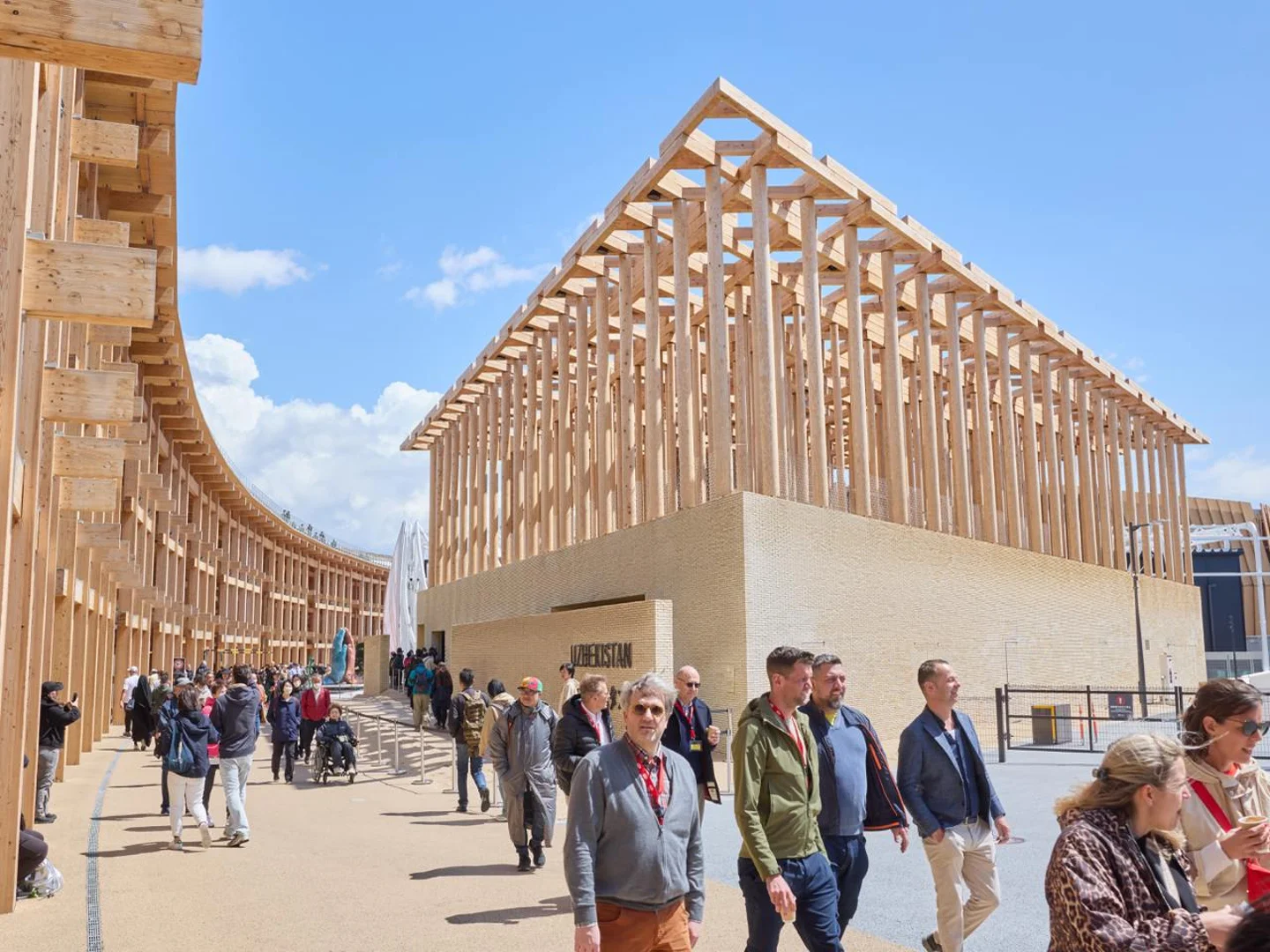According to her, she plans to recreate a pavilion (possibly) in one of the parks in Tashkent.
"It is modular, so it can be recreated in different scales and configurations - perhaps in one of the parks in Tashkent, and its smaller versions will be able to travel around the country. For us, it was very important that the pavilion continued to live after the Expo"
she emphasized.
Brückner also said that the object's idea was to build a bridge between Uzbek and Japanese architecture.
"We are trying to build a bridge between Uzbek and Japanese architecture. There is a beautiful interplay between them - especially in respect for craftsmanship, natural materials, and quiet simplicity. This dialogue goes through the entire pavilion"
Recall that earlier, the British architectural publication Dezeen included Uzbekistan's pavilion among the top ten impressive objects of the Expo 2025 World Exhibition in Osaka.
The pavilion's architecture is built on symbolism and metaphor. The lower level of the building is made of recycled brick, which reflects the connection with the land and historical traditions. The upper floor is supported by wooden columns resembling trees and symbolizes nature, growth, and development.


